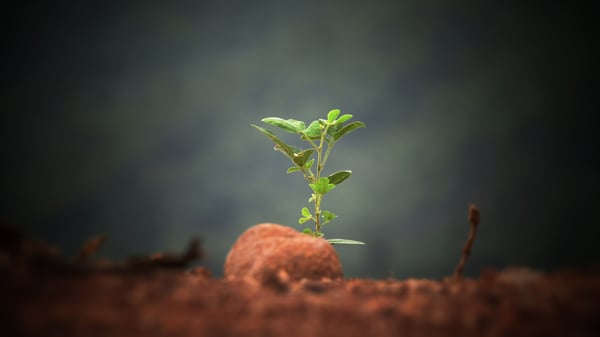Unlike sustainable travel, carbon offsetting is not a mash-up of two words that create confusion, but an actual thing. If you’re not keen on the thought of fighting tooth and nail over a jerry can of diseased water in a desert wilderness with cave-made weapons, you might want to learn more about carbon offsetting and how it works.
So, what is carbon offsetting? In another article, I mentioned that a person would need to plant 19 trees to cover the damage caused by flying 19,956 km. But of course, it’s not as easy as that. Carbon offsetting doesn’t automatically mean carbon reduction, it means that all those flights you took down to Sunny Beach melted a few icebergs and, at some point in the future, you’ll offset the damage you’ve done by planting a few broad-leaf trees via a third party (such as Carbonfund.org) in the hope they’ll absorb the same amount of ‘berg melting carbon during their lifetime of approximately 100 years, which isn’t great, really.

This buy now, pay later mentality when it comes to the environment isn’t just disingenuous, it may not even be sustainable. Tellingly, many large airline companies have carbon offsetting programs, which are being criticised by some as the equivalent of a latter-day papal indulgence (in the middle ages it was possible to pay a priest for absolution) and are certainly used by some airline companies to justify their horrid emissions.
But anyone with a functioning brain would agree that, generally, carbon offsetting is a good thing, so long as it’s used in conjunction with other actions that reduce carbon: carbon offsetting will only act as an investment into a carbon-neutral future.
What needs to be done, like right now, is for everyone to reduce their carbon footprint, and it may be even easier than you could have possibly imagined.
We all know that driving a car and travelling by aeroplane or cruise ship make up the list of the most polluting things people can do to the planet, but also on the list is eating meat and at the very top, even more polluting than all of the above put together, having kids. Researchers from Lund University in Sweden found having one fewer child per family can save an average of 58.6 tonnes of CO2-equivalent emissions per year.
Putting that into some sort of context, avoiding one trans-Atlantic flight per year can save between 0.7 and 2.8 tonnes of CO2 equivalent per year (depending on additional factors such as distance, luggage passengers, etc.) whereas recycling will typically only save 0.21 tonnes of CO2 equivalent per year.
Of course, no one is suggesting we collectively stop having children, but those figures demonstrate that carbon offsetting is in its infancy, just like the chubby-cheeked, potential planet-killer gurgling in the cot.
Having said that, carbon offsetting is evolving, already some projects encompass a more rounded concept of fighting climate change than others. Take the Envira Amazon Project, for example, which isn’t just about helping to prevent the release of more than the equivalent of 12.5 million tonnes of carbon dioxide emissions through deforestation, it’s also about helping the local community to find alternative ways of making a living without resorting to exploiting the natural habitat and, in doing so, improving the quality of their lives and the diverse range of species with whom they share the land.
An excellent example of looking at offsetting before and not after the event, while making it sustainable to future generations, which we thoroughly endorse. And, luckily for all of us, it's the project Goodwings supports through Carbonfund.org.
